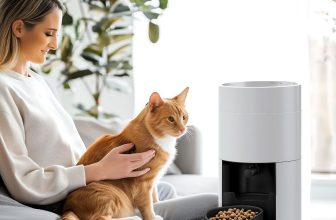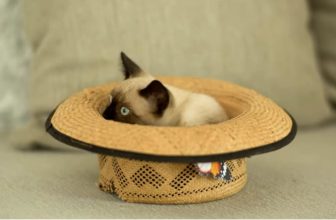Healthy Foods for Cats: Vet-Approved Daily Diet

Feeding your cat the right food is crucial. Healthy foods ensure your cat stays happy and active.
Cats need specific nutrients to thrive. Unlike dogs, their diet is unique. It’s important to know which foods are beneficial for them. Proper nutrition can prevent many health issues. This guide explores the best healthy foods for cats. Learn which ingredients support their well-being.
Discover how to keep your feline friend in top shape. Providing the right food can make a big difference. It’s not just about filling their bowl. It’s about choosing foods that promote health and vitality. Dive in to find out more about feeding your cat the best.
Nutritional Needs
Cats need special nutrition to stay healthy and active. Different foods can provide the nutrients they need. It’s important to know what foods are best for them. This blog will help you understand your cat’s nutritional needs.
Essential Nutrients
Cats need several essential nutrients to stay healthy. These nutrients help with growth, energy, and overall health.
Here are some key nutrients:
- Protein: Vital for muscle development. Cats need animal-based proteins.
- Fat: Provides energy. Helps with skin and coat health.
- Vitamins: Essential for the immune system. Helps prevent illnesses.
- Minerals: Important for bone health. Supports bodily functions.
- Water: Crucial for hydration. Helps with digestion.
Protein sources can include chicken, fish, and beef. Fat sources can be found in fish oil and chicken fat. Vitamins can come from vegetables and fruits. Minerals are found in bones and organ meats.
Make sure your cat’s diet includes these nutrients. Balanced nutrition is key to a happy, healthy cat.
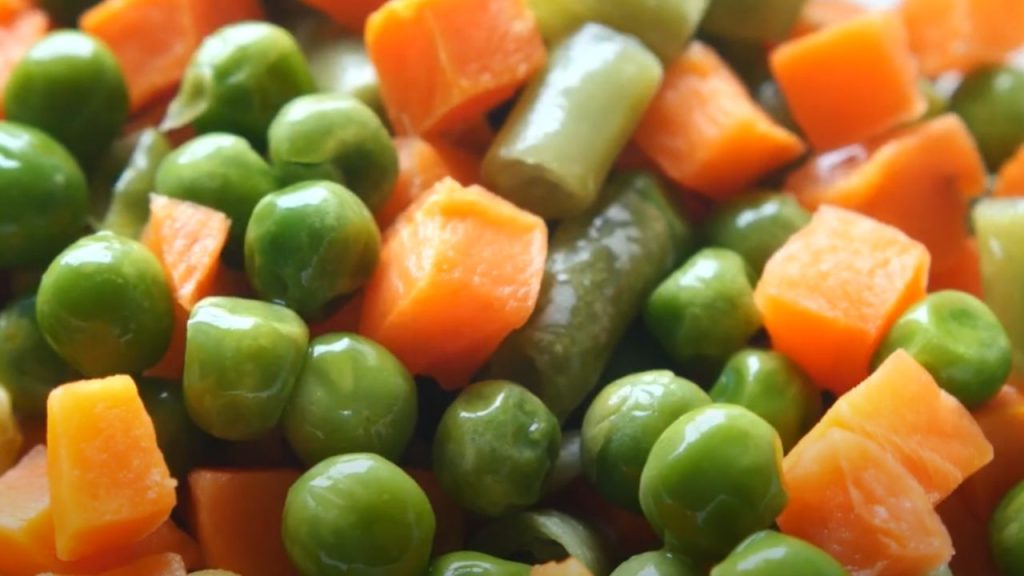
Water Intake
Water is very important for cats. It helps with digestion and keeps them hydrated. Cats can get dehydrated easily, so they need access to fresh water.
Here are some tips for ensuring your cat drinks enough water:
- Fresh water: Always provide clean water. Change it daily.
- Multiple bowls: Place bowls in different areas. Make it easy for your cat to find water.
- Wet food: Include wet food in their diet. Wet food has more moisture.
- Water fountains: Cats like moving water. A fountain can encourage them to drink.
Signs of dehydration include dry mouth, lethargy, and sunken eyes. If you notice these signs, consult a vet. Proper hydration is crucial for your cat’s health.
High-quality Proteins
Feeding your cat a balanced diet is crucial. Healthy foods ensure your cat stays active and happy. One key component of a cat’s diet is high-quality proteins. Proteins are essential for growth, muscle development, and overall health.
Animal-based Sources
Animal-based proteins are vital for cats. Cats are obligate carnivores, meaning they need meat to thrive. These sources provide the necessary amino acids that cats cannot produce on their own. Here are some excellent animal-based protein sources for your cat:
- Chicken: Rich in protein and easy to digest.
- Turkey: A lean protein source with few calories.
- Fish: High in omega-3 fatty acids, good for the skin and coat.
- Beef: Full of iron and protein, great for energy.
- Lamb: A good option for cats with food sensitivities.
It’s important to cook the meat before serving. Raw meat can carry bacteria or parasites. Always remove bones to prevent choking hazards. Regularly rotating protein sources can help maintain your cat’s interest in their food and ensure they receive a range of nutrients.
Vegetarian Options
While cats primarily need animal-based proteins, vegetarian options can supplement their diet. These options should not be the main protein source, but can add variety and additional nutrients. Some suitable vegetarian options include:
- Eggs: Excellent source of protein and essential amino acids.
- Peas: High in protein and fiber, good for digestion.
- Lentils: Provide protein and beneficial nutrients like iron and fiber.
- Quinoa: Contains all essential amino acids, a complete protein.
When adding vegetarian options, ensure they are well-cooked and mashed. This makes them easier for your cat to digest. Always consult with your vet before making significant changes to your cat’s diet. Balanced nutrition is key to a long and healthy life.
What home food is good for cats?
Fruits And Vegetables
Feeding cats a balanced diet is crucial for their health. While most of their nutrition comes from meat, fruits and vegetables can also be beneficial. These foods provide essential vitamins and minerals that support overall well-being. Understanding which fruits and vegetables are safe for cats is important for any pet owner.
Safe Choices
Not all fruits and vegetables are safe for cats. It’s important to know which ones are beneficial and which ones to avoid. Here are some safe choices for your feline friend:
- Blueberries: These are rich in antioxidants and fiber.
- Apples: Provide vitamins A and C. Make sure to remove the seeds.
- Carrots: Good for vision and the immune system, rich in beta-carotene.
- Pumpkin: Helps with digestion and is full of fiber.
- Cucumbers: Hydrating and low in calories.
Always introduce new foods slowly. Watch for any signs of allergies or digestive issues. Also, wash fruits and vegetables thoroughly before feeding them to your cat.
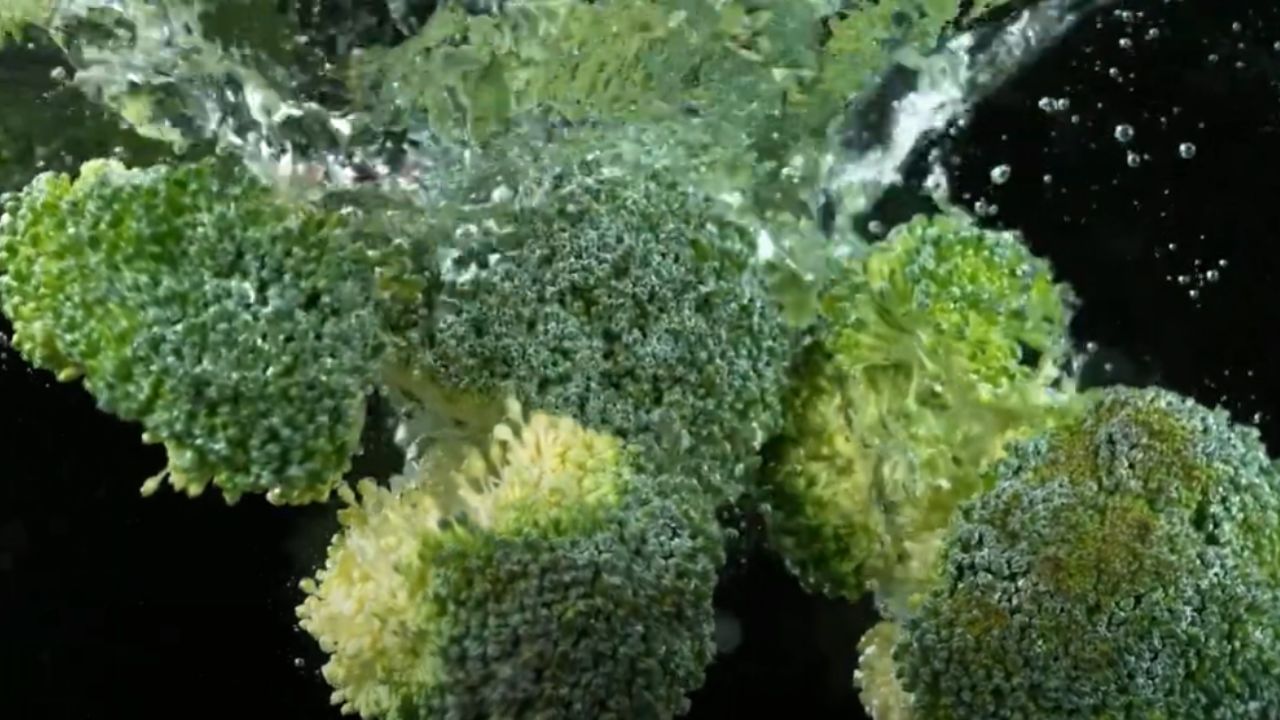
Health Benefits
Including fruits and vegetables in your cat’s diet can offer many health benefits. These foods provide extra nutrients that support their overall health:
| Fruit/Vegetable | Health Benefit |
|---|---|
| Blueberries | Rich in antioxidants, which support the immune system. |
| Apples | Contain vitamins A and C, which are good for the skin and coat. |
| Carrots | Improve vision due to high beta-carotene content. |
| Pumpkin | High in fiber, aids in digestion, and helps with weight control. |
| Cucumbers | Hydrate and provide essential vitamins without many calories. |
These benefits make adding safe fruits and vegetables to your cat’s diet worthwhile. Always consult your vet before making any significant changes. This ensures the best health outcomes for your pet.
Grains And Carbs
Cats need a balanced diet to stay healthy. This includes proteins, fats, and carbs. Grains and carbs can be a good energy source. But it’s important to choose the right types. This post will focus on grains and carbs for cats. We will look at whole grains and why refined grains should be avoided.
Whole Grains
Whole grains are a good choice for your cat’s diet. They are packed with nutrients. These grains have all parts of the grain. This includes the bran, germ, and endosperm. They provide fiber, vitamins, and minerals. These nutrients help with digestion and overall health.
Some common whole grains for cats include:
- Oats
- Brown rice
- Barley
- Quinoa
Feeding your cat these grains can be beneficial. Oats are easy to digest and provide energy. Brown rice is a good source of fiber. Barley helps with digestion. Quinoa is rich in protein and essential amino acids.
Whole grains can be added to your cat’s meals. They should be cooked and served in small amounts. This ensures your cat gets the benefits without overeating.
Avoiding Refined Grains
Refined grains are not good for cats. They lack essential nutrients. These grains have been processed. This removes the bran and germ. What remains is the starchy endosperm. This means fewer vitamins, minerals, and fiber. Refined grains can lead to weight gain and other health issues.
Some examples of refined grains to avoid:
- White rice
- White bread
- Pasta
- Pastries
These foods can cause spikes in blood sugar levels. They offer little nutritional value. Cats need balanced nutrition to stay healthy. Including refined grains in their diet can lead to problems.
Instead, opt for whole grains. They provide the necessary nutrients. They help maintain a healthy weight and support digestion. Always read labels when buying cat food. Look for whole grains in the ingredients list.

Homemade Cat Food
Feeding your cat healthy food is important for their well-being. Making homemade cat food can be a great option. It lets you control the ingredients and ensure your cat gets the best nutrition. This post will cover some simple recipes and tips for maintaining nutritional balance.
Recipes
Creating homemade cat food can be simple and rewarding. Here are a few easy recipes to start with:
- Chicken and Rice: Boil chicken until fully cooked. Mix with cooked rice. Add some finely chopped carrots.
- Salmon Delight: Cook salmon thoroughly. Mix with mashed sweet potatoes and peas.
- Beef and Veggies: Cook ground beef. Mix with steamed broccoli and a small amount of cooked quinoa.
These recipes are easy to make and use ingredients found in most kitchens. Always ensure the food is fully cooked and cooled before serving.
Nutritional Balance
Ensuring your homemade cat food has the right balance of nutrients is crucial. Cats need a diet rich in protein, healthy fats, and certain vitamins and minerals.
A balanced diet should include:
- Protein: Chicken, beef, fish, or turkey.
- Fats: Small amounts of olive oil or fish oil.
- Vitamins and Minerals: Add a supplement if needed. Consult your vet for advice.
It’s important to avoid certain foods. Never feed your cat onions, garlic, chocolate, or alcohol. These can be toxic for cats.
Always check with your vet before making changes to your cat’s diet. They can provide specific recommendations based on your cat’s needs.
Commercial Cat Food
Feeding cats the right food is very important. A balanced diet helps maintain their health and energy levels. Commercial cat food is an easy option. It offers a variety of nutrients in one package. But not all cat foods are created equal. Knowing what to look for can make a big difference.
Reading Labels
Reading the labels on cat food packages is crucial. It helps in selecting the healthiest options. Here are some tips to consider:
- Check the ingredients list. The first ingredient should be a named meat source, like chicken or salmon.
- Avoid by-products. These can be low-quality and less nutritious.
- Look for whole grains. Ingredients like brown rice and oatmeal are better than corn or wheat.
Some labels can be confusing. Here’s a simple table to help:
| Ingredient | Good or Bad? |
|---|---|
| Chicken | Good |
| Chicken By-Product | Bad |
| Brown Rice | Good |
| Corn | Bad |
Understanding labels means your cat gets better nutrition.
Choosing Brands
Choosing the right brand is another important step. There are many options, but not all are equal. Here are some factors to consider:
- Research the brand. Look for brands with good reputations.
- Check for recalls. A history of recalls can be a red flag.
- Read reviews. Other cat owners’ experiences can be very telling.
Some brands are known for their quality. Here are a few:
| Brand | Quality Rating |
|---|---|
| Blue Buffalo | High |
| Wellness | High |
| Fancy Feast | Medium |
| Friskies | Low |
Choosing a trusted brand ensures that your cat’s food is safe and nutritious. It also helps maintain their overall health and well-being.
Treats And Snacks
Feeding your cat healthy food is important for their overall well-being. Cats love treats and snacks, but choosing the right ones is essential. Not all snacks are good for cats. Some can even be harmful. This post will explore healthy options and proper portion control for cat treats.
Healthy Options
Choosing healthy treats for your cat can be challenging. Some good options are:
- Cooked Meat: Chicken, turkey, and beef are great choices. Could you make sure they are plain and unseasoned?
- Fish: Salmon and tuna can be given in small amounts. Avoid giving them raw.
- Eggs: Cooked eggs are a good source of protein. Ensure they are not seasoned.
- Vegetables: Some cats enjoy vegetables like carrots or peas. These should be cooked and plain.
It’s important to avoid giving your cat certain foods. Foods like chocolate, onions, and garlic are toxic to cats. Always check if a food is safe before giving it to your cat.

| Food | Safe for Cats |
|---|---|
| Chicken | Yes |
| Fish | Yes |
| Chocolate | No |
| Garlic | No |
Portion Control
Even healthy treats should be given in moderation. Overfeeding can lead to obesity and health issues. Small amounts of treats are enough to keep your cat happy.
Here are some tips for proper portion control:
- Small Pieces: Cut treats into small pieces. This helps in giving smaller portions.
- Daily Limit: Treats should not be more than 10% of your cat’s daily food intake.
- Scheduled Treats: Give treats at specific times. This helps in managing the quantity.
- Healthy Balance: Ensure the main diet is balanced. Treats should not replace regular meals.
Monitoring your cat’s weight is crucial. Regularly check their weight and adjust treat portions as needed. This will help in maintaining a healthy lifestyle for your cat.
Common Myths
Healthy foods are essential for cats. Many people have wrong ideas about what cats should eat. These common myths can harm our feline friends. This post will help clear up some of these myths.
Cat Diet Misconceptions
There are many misconceptions about what cats should eat. Some believe cats can eat the same food as dogs. This is not true. Cats have different nutritional needs. Here are some common misconceptions:
- Cats can be vegetarians – Cats are obligate carnivores. They need meat to thrive.
- Milk is good for cats – Many cats are lactose intolerant. Milk can upset their stomachs.
- Human food is fine for cats – Many human foods are toxic to cats. Chocolate, onions, and garlic are dangerous.
Some people also think dry food is better than wet food. Dry food can lead to dehydration. Wet food provides more moisture, which is vital for cats. Another myth is that cats can eat bones. Bones can splinter and cause injuries.
It is important to provide a balanced diet. Commercial cat foods are usually balanced. Always check the labels. Make sure the food meets the nutritional standards.
Fact Vs. Fiction
Understanding what is true and what is false can help keep cats healthy. Here are some facts and fiction about cat diets:
| Statement | Fact or Fiction |
|---|---|
| Cats need a high-protein diet. | Fact. Protein is essential for their growth. |
| Fish is a complete diet for cats. | Fiction. Fish lack some necessary nutrients. |
| All cats love tuna. | Fiction. Not all cats like it, and too much tuna is bad. |
| Raw diets are safe for cats. | Fiction. Raw food can contain harmful bacteria. |
Many believe that cats can regulate their food intake. This is fiction. Some cats will overeat if given too much food. Keeping a feeding schedule can prevent obesity. Another fact is that treats should be given in moderation. Too many treats can lead to weight gain and other health issues.
Consulting a vet is always a good idea. They can provide advice on the best diet for your cat. Healthy foods lead to a happy, long life for your feline friend.
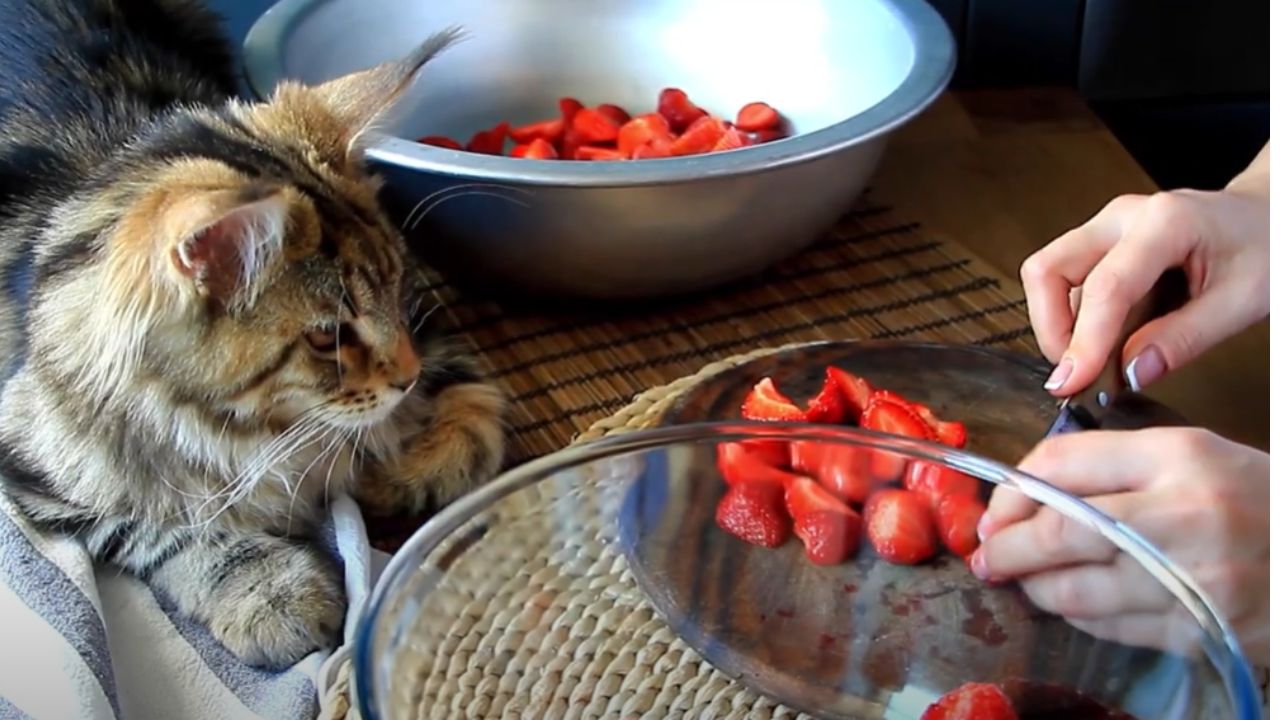
Frequently Asked Questions: Healthy Foods for Cats?
What Is The Healthiest Thing To Feed Your Cat?
Feed your cat high-quality commercial cat food. Look for a balanced formula with real meat, vitamins, and minerals. Avoid fillers and artificial additives. Consult your vet for personalized advice.
What Should My Cat Eat Daily?
Your cat should eat a balanced diet of high-quality commercial cat food. Include both wet and dry food. Ensure fresh water is always available. Consult your vet for specific dietary needs
What Is The Healthiest Cat food?
The healthiest cat canned food often includes high-quality proteins, limited fillers, and essential nutrients. Brands like Wellness, Blue Buffalo, and Hill’s Science Diet are top choices. Always consult your vet for personalized recommendations.
What Kind Of Homemade Food Is Good For Cats?
Homemade food for cats should include cooked meat like chicken, turkey, or fish. Add small amounts of vegetables and rice. Avoid seasoning and onions. Always consult your vet for a balanced diet.
What Are The Best Protein Sources For Cats?
Chicken, turkey, and fish are excellent protein sources. They are easy to digest and provide essential nutrients.
Conclusion
Choosing healthy foods ensures your cat stays happy and strong. Always opt for natural ingredients. Read labels carefully. Fresh meat, fish, and vegetables are excellent choices. Avoid artificial additives. Regular vet visits help monitor your cat’s health. Proper nutrition leads to a longer, joyful life.
Your cat deserves the best. Feed wisely and watch them thrive. Remember, a healthy cat is a happy cat. Consider these tips for a balanced diet. Make smart choices for your feline friend. Your cat will thank you!




